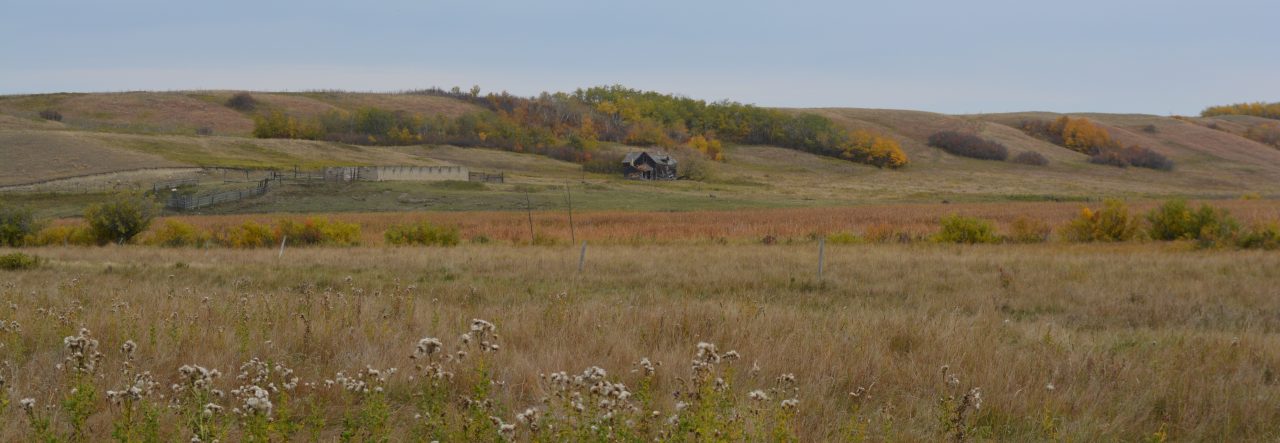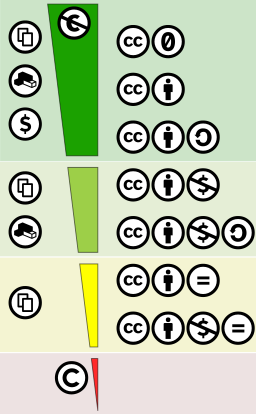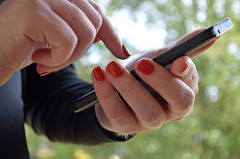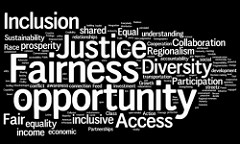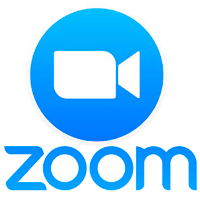This week was very exciting in my Social 9 class and for my Learning Project. We have been working on making some handouts in a jigsaw activity and this week students shared them on their blogs (except one group…more on that a little later), we linked our group members’ blogs to our own, and we had a small reflection that was to be posted. I modeled how to link, and how to attach our handouts on my SMART Board and some of my students helped to support their peers one-on-one. Some of my students, such as Sydney, did an amazing job by already linking her summary to various other information in her post, some were still at a beginners level. I shared my reflection on our progress so far to Twitter and the magic happened!
I would like to send a HUGE thank you to Sue Wyatt who runs the Student Blogging Challenge on Edublogs as she went in and commented on many of my students’ blogs. Not only that, she asked questions and provided some additional information via links or videos, and she related our knowledge of First Nations culture and history in Canada with that of her home country, Australia. I am honestly not sure who was more excited, my students or myself. This was what I had hoped for when starting blogging with my students and it was happening, and a lot sooner than I had hoped for!

So this week, we replied to comments on our blogs (after a conversation that went Students: “But what do I do if someone asked me a question?”, Me: “Answer it!”), we finished up our first “true posts”, and we started our Current Events assignment for November, which I will be requiring to be posted on the blogs by November 30 (our regular due date). This upcoming week, we will be completing a Location Research Project and learning how to cite our sources for information and for images when blogging as it is different than if they are sourcing in print. We will also be commenting on our peers’ blog posts for this assignment.
I learned a few different things about using Edublogs this week that I wanted to share as well:
- Once I have reviewed and published each post, students cannot go back in and edit it. I have the security setting set so that I have to approve all posts and comments before they are “live” and one of my groups was not quite done their handout when I published some of their posts. This is something I will have to keep in mind for the future and will be looking into maybe I just didn’t find the correct button to allow this.
- Once I have approved a comment, students were able to respond to comments and they were published without my approval. This is something I am okay with but I will have to ensure I watch the comments while we are still learning how to be appropriate online.
I am so excited with how well this project is going and I am hoping to continue it for the entirety of the year with my class and continue into future years. Outside of my next few planned assignments, I hope to find another class that we can start to interact with. Has anyone done pen pals or blog pals? Is there a specific site that helped you find a buddy-class or do you have any suggestions on how I can get started?
